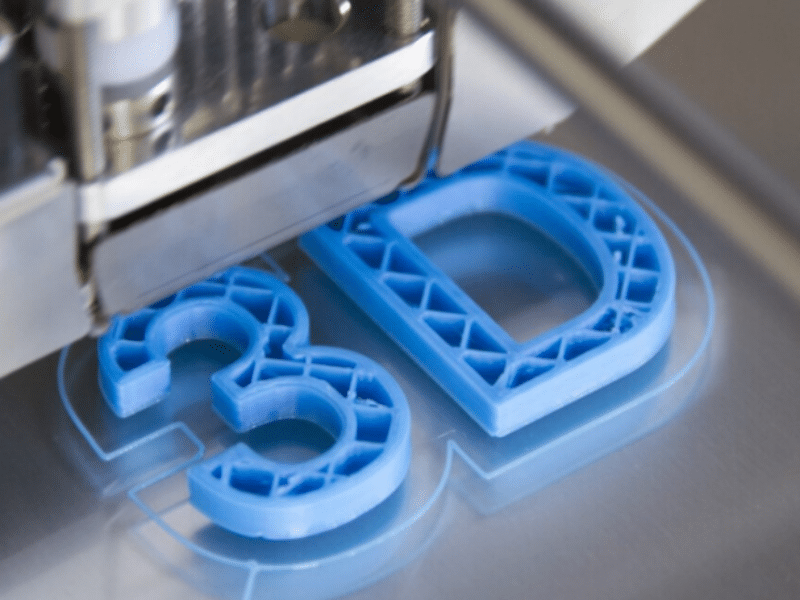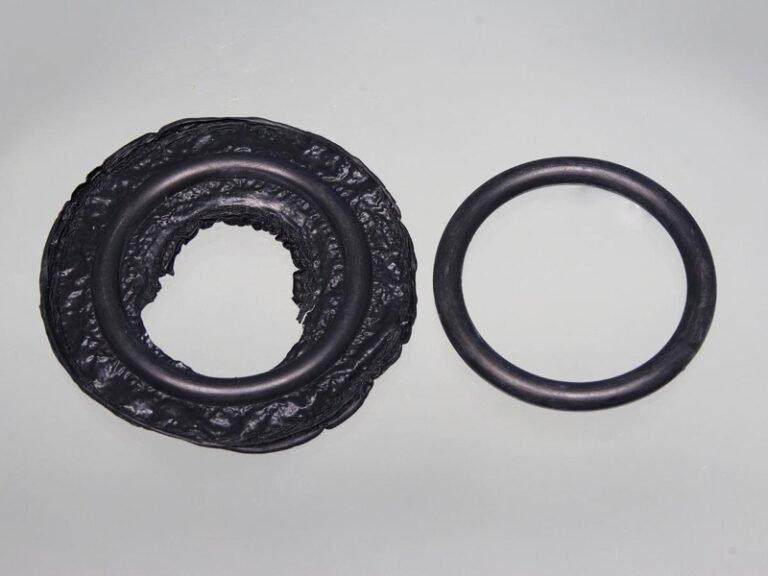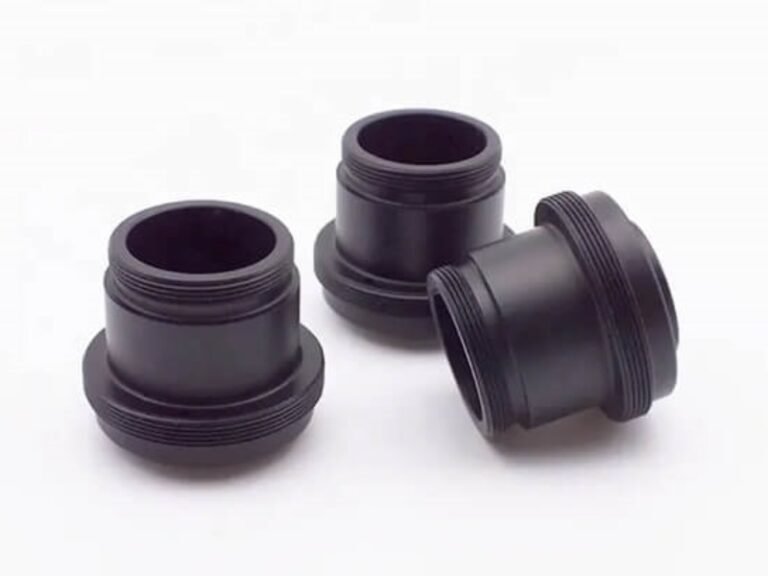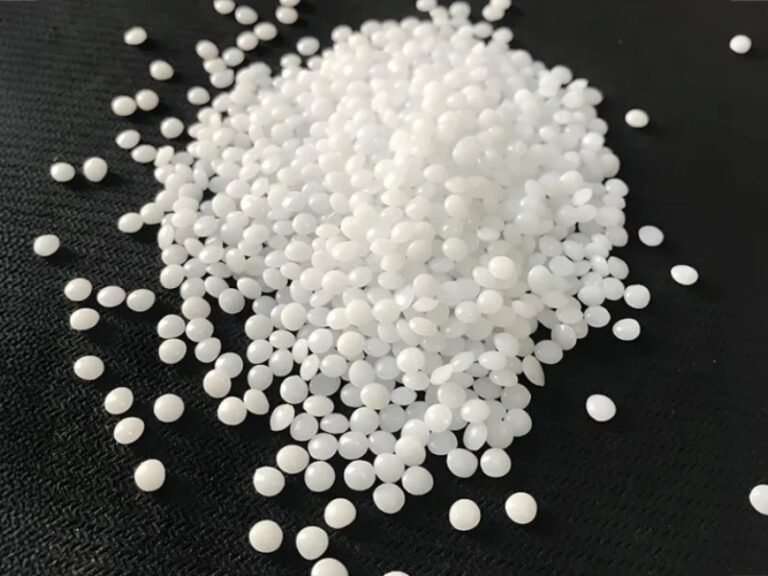TPE 3D printing and TPU 3D printing has unlocked endless possibilities for creating flexible, durable, and innovative products. These materials are widely used in custom 3D printing services to meet specific design, functional, and material needs across industries. Thermoplastic Elastomer (TPE) and Thermoplastic Polyurethane (TPU) combine the elasticity of rubber with the processability of thermoplastics. These materials have transformed industries by enabling the production of soft, stretchy, and resilient parts. In this article, we will explore and compare TPE and TPU, learn the application in 3D printing.
What is TPE?
Thermoplastic Elastomer, commonly referred to as TPE, blends the flexibility of rubber with the processing ease of thermoplastics. TPE encompasses a broad family of elastomers, with varying compositions that allow for tailored properties, such as different levels of hardness or tensile strength. TPE’s unique molecular structure consists of soft elastomeric segments dispersed within a rigid thermoplastic matrix. This combination results in a material that is soft to the touch, highly flexible, and capable of withstanding moderate impacts and UV exposure.
In the context of 3D printing, TPE filaments are compatible with FDM printers, though printing with TPE can be challenging due to its softness and tendency to deform during extrusion. And the TPE lower resistance to abrasion, chemicals, and high temperatures compared to TPU.
TPE in 3D Printing Processes
TPE printing is commonly used in two primary 3D printing processes:
FDM: In FDM, TPE 3D filament is extruded through a nozzle to build parts layer by layer. Due to TPE’s extreme flexibility, it requires a direct-drive extruder to prevent filament buckling. Optimal settings include an extruder temperature of 210–230°C, a heated bed at approximately 60°C, and slow print speeds (15–35 mm/s) to avoid clogs.
SLS: In SLS, TPE is used as a powder, which is fused by a laser to create complex, support-free geometries. This process demands precise temperature control to achieve consistent results.
Advantages of TPE Over TPU in 3D Printing
When comparing TPU vs. TPE, TPE offers several distinct benefits:
- Exceptional Softness: With a Shore hardness range of 0A to 100A, TPE is softer and more elastic than TPU.
- Cost-Effectiveness: TPE is generally more affordable than TPU.
- Recyclability: TPE’s simpler molecular structure allows for easier recycling compared to TPU.
- Better Low-Temperature Performance: TPE maintains flexibility in colder environments better than TPU.
- More Rubber-like Texture: TPE prints have a softer, more tactile surface, closely mimicking natural rubber.
- Wide Availability: As a long-established material in TPE material 3D printing, TPE filaments are widely available in various colors and grades, catering to diverse project needs.
Applications of TPE
TPE 3D material’s smooth, rubber-like texture makes it perfect for products that prioritize comfort and elasticity. Common uses include pencil grips, medical tubing, wearable bands, soft-touch handles, and children’s toys, etc.
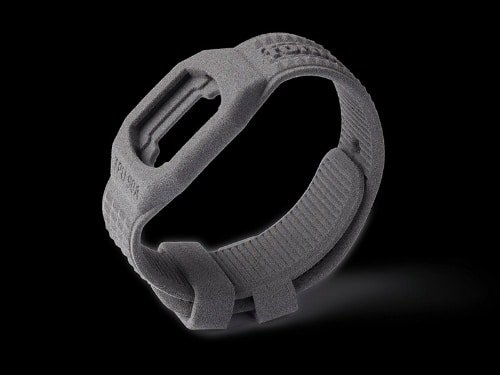
What is TPU?
Thermoplastic Polyurethane (TPU) is a specific type of TPE, characterized by its block copolymer structure, which alternates between hard diisocyanate segments and soft polyol segments. This unique composition gives TPU a balance of flexibility and durability. Compared to other TPEs, TPU is firmer, with a Shore hardness range of 60A to 70D. TPU is easier to print than TPE due to its higher rigidity and dimensional stability.
TPU in 3D Printing Processes
The primary 3D printing methods for TPU include:
FDM: Due to TPU filaments greater rigidity, it reduces the risk of extruder clogs. Recommended settings include an extruder temperature of 220–250°C, a heated bed at 60–70°C, and print speeds of 20–30 mm/s. Minimal retraction is advised to prevent stringing, ensuring clean prints.
SLS: TPU powder is used in SLS to produce high-strength, flexible parts with smooth surface finishes.
Advantages of TPU Compared to TPE
When comparing TPU TPE, TPU offers several distinct advantages:
- Higher Abrasion Resistance: TPU withstands friction and wear better, extending the lifespan of printed parts.
- Greater Chemical Resistance: TPU resists oils, greases, and solvents more effectively than TPE.
- Better Dimensional Stability: TPU shrinks less during printing, resulting in more accurate parts.
- Ease of Printing: TPU’s semi-rigid nature makes it more compatible with standard FDM printers, reducing the risk of filament jams compared to TPE printing.
- Retains Elasticity in Cold: TPU maintains flexibility even at lower temperatures.
- Thermal Stability: Unlike TPE, which may deform above 60°C, TPU maintains its integrity in extreme temperatures.
- Smoother Surface Finish: TPU prints tend to have a glossy, smooth appearance compared to the rubbery texture of TPE.
Applications of TPU
TPU 3D printing excels in applications requiring durability and flexibility. It is commonly used for shoe soles, automotive components like seals and gaskets, and protective phone cases.
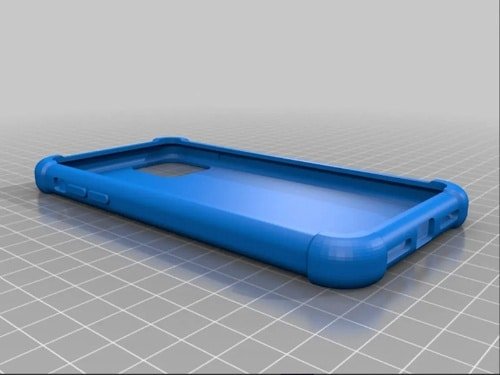
TPE vs. TPU Material Properties for 3D Printing
To better understand the differences between TPE 3D printing and TPU 3D printing, the following table compares their key properties:
| Property | TPE | TPU |
|---|---|---|
| Shore Hardness | 0A–100A (softer, more elastic) | 60A–70D (firmer, less elastic) |
| Flexibility | High, stretches up to 2x original length | Moderate, good elasticity but less stretch |
| Abrasion Resistance | Moderate, less durable than TPU | High, ideal for wear-resistant parts |
| Chemical Resistance | Moderate, less resistant to oils/chemicals | High, resists oils, greases, and solvents |
| Extruder Temperature | 210–260 °C | 220–250 °C |
| Thermal Stability | Poor at high temperatures (>60°C) | Good, withstands extreme temperatures |
| Heat Resistance | Moderate to high (up to ~100°C) | High (up to ~120°C) |
| Printability | More challenging, slower speeds | Easier, better dimensional stability |
| Cost | Generally lower, budget-friendly | Higher, due to enhanced properties |
| Recyclability | Easier to recycle | More complex, less recyclable |
| Surface Finish | Rough, rubber-like | Smoother, less porous |
Common Alternatives to TPE and TPU
While TPE and TPU dominate flexible filament choices, other materials can serve as substitutes depending on requirements:
Thermoplastic Copolyester (TPC): An engineering-grade elastomer. TPC offers flexibility similar to TPE but with less elongation. Offers excellent chemical and heat resistance
Soft PLA: A modified PLA blend that provides flexibility for TPE printing-like applications. It is easier to print than TPE but lacks the durability and elasticity of TPU.
Thermoplastic Polyamide (TPA): Combines TPE-like flexibility with nylon’s smooth texture. But TPA is prone to moisture absorption, which can affect print quality.
Thermoplastic Vulcanizates (TPV): Combines rubber-like elasticity with thermoplastic processability.
Practical Tips for TPE and TPU 3D Printing
To achieve optimal results with TPE printing or TPU 3D printing, consider the following tips:
- Printer Setup: Use a direct drive extruder for better filament control, especially with TPE.
- Print Settings: Slow print speeds (15–35 mm/s for TPE, 20–30 mm/s for TPU) and appropriate temperatures (210–230°C for TPE, 220–250°C for TPU) to avoid filament buckling.
- Maintain Proper Bed Adhesion: Use a heated bed (60°C for TPE, 60–70°C for TPU) and adhesion aids like painter’s tape or glue stick to prevent warping.
- Minimize Retraction: Store filaments in airtight containers to prevent moisture absorption, particularly for TPU which is hygroscopic.
- Post-Processing: SLS-printed TPU parts may require surface smoothing, while FDM prints may need light sanding for a polished finish.
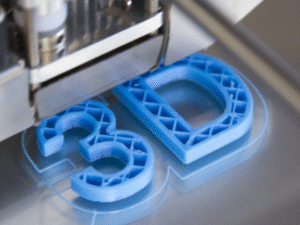
Conclusion
Choosing between TPE 3D printing and TPU 3D printing depends largely on your project’s flexibility, durability, and surface finish requirements. Understanding these materials’ unique properties and printing behaviors empowers to select the optimal filament for 3D printing needs. Welcome to contact Zhongde to get a professional solution.
